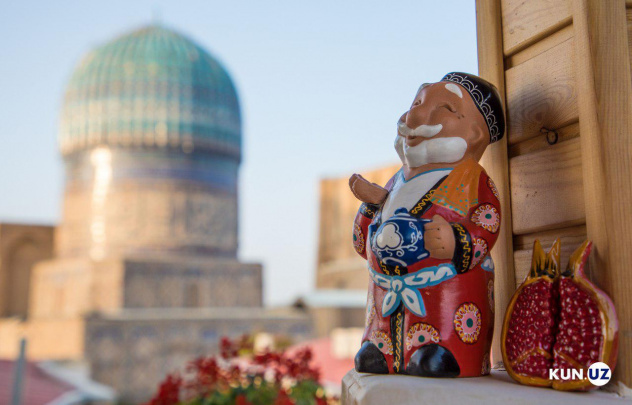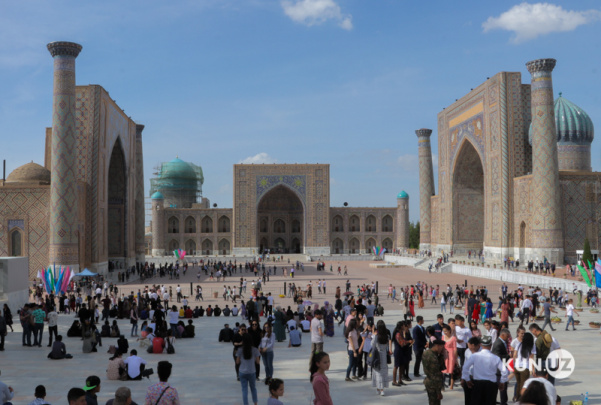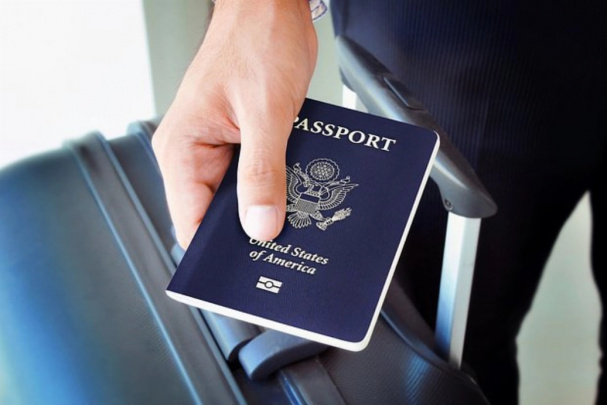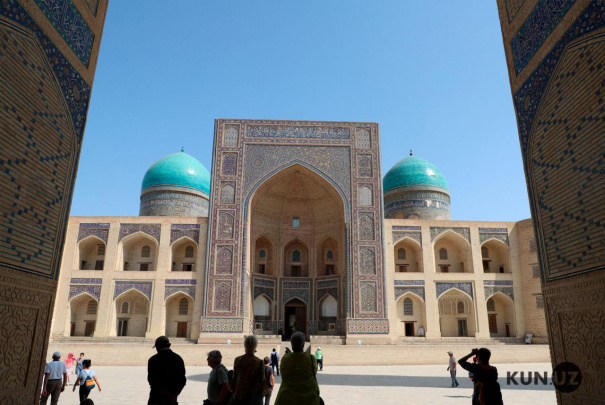Discovering Papua New Guinea: Uzbeks experience life with local tribes and conquer Oceania’s highest volcano
The Kun.uz editorial team, in collaboration with the Mysterious Uzbekistan and Uzbek Tourist mountaineering teams, conquered the highest volcano in Australia and Oceania and studied the lifestyle of a local tribe. Discover the amazing landscapes and fascinating way of life on the islands of Papua New Guinea.
The Kun.uz team, together with Mysterious Uzbekistan and the Uzbek Tourist mountaineering team, prepared an amazing show. There are active volcanoes there, and naturally, sometimes tragic events occur during eruptions. There are a total of 94 volcanoes on the islands of Papua New Guinea, with 18 of them being active. The largest volcano in the Australian Ocean is also located here.
Our mountaineers conquered the highest volcano in Australia and Oceania (4376 m).
First, let's list the achievements of the mountaineering team before they conquered this volcano peak in Papua New Guinea. The Mysterious Uzbekistan and Uzbek Tourist team have conquered the four highest peaks:
- Elbrus 5642 m - the highest peak and volcano in Europe, 2022.
- Kilimanjaro 5895 m - the highest peak and volcano in Africa, 2023.
- Damavand 5671 m - the highest volcano in Asia, 2023.
- Giluwe 4367 m - the highest volcano in Australia and Oceania, 2024.
History of Papua New Guinea
Initially, Portuguese maritime explorers came to New Guinea in the first half of the 16th century. In 1884, the southeastern part of New Guinea Island became a British protectorate and was named Papua. In 1888, it was declared a British colony and handed over to the Australian Union in the early 20th century.
In 1920, the northeastern part of the island, which was a German protectorate, was also transferred to the administration of the Australian Union under the mandate of the League of Nations. In 1949, the Australian government administratively merged both parts, and the country was named Papua New Guinea. In 1973, Papua New Guinea gained internal self-government rights. On September 16, 1975, it was declared an independent state and has been a member of the United Nations since 1975.
Location of Papua New Guinea
The Independent State of Papua New Guinea, with its capital at Port Moresby, is located in the southeastern part of the Pacific Ocean. It borders Indonesia to the west and is surrounded by seas on all other sides. Papua New Guinea includes the eastern part of New Guinea Island and adjacent islands, the Bismarck Archipelago, the northern part of the Solomon Islands, the D'Entrecasteaux Islands, the Louisiade Archipelago, the Trobriand Islands, Murua Island, and about 200 other small and large islands. Its total area is 463,000 sq km, and its population is over 5 million. Administratively, it is divided into 20 provinces.
Unique Customs
"The people of Papua New Guinea live separately, with men and women residing in different houses. They have two separate houses: 'men's house' and 'women's house.' Since polygamy is allowed here, one man can have two or three wives.
Another interesting aspect is their traditional cooking method. In Papua New Guinea, food is not cooked on a hearth but on heated stones. One of their most famous dishes is 'Momo,' which is potatoes cooked on heated stones.
This cooking method helps them work together harmoniously, reduces the time spent transporting hunted animals, and is due to the lack of pottery. They do not use any spices or salt when preparing food, as the 'Momo' cooking method imparts a unique flavor to the meat or potatoes due to the smoke.
Skeleton People (Chimbu)
Several ethnic groups live in the remote Chimbu province of the highlands of Papua New Guinea, most of whom practice tribal body art.
When an Australian gold hunter first encountered them in 1934, he was amazed to see people who looked like skeletons from head to toe. This stunning artistic presentation dates back hundreds of years.
The tribe believed that fearsome supernatural beings roamed the surrounding forests, so they had to become spirits themselves to defeat them. Using a mixture of white clay and ash, they painted their bodies, skulls, and all their bones. This allowed them to hunt safely in the forests. The tradition continued for several centuries.
Today, the inhabitants of the Bugamo Reserve paint their bodies as skeletons for the annual Hagen Sing Mountain Festival.
Once used to protect against otherworldly creatures and to intimidate before battle, this tradition now attracts curious photographers seeking impressive shots at moderate prices.
Mudmen
The Asaro Mudmen, meaning "people from the Asaro River" or "muddy people," come from the town of Goroka in the Eastern Highlands province. They are known for covering their bodies with white clay and wearing special clay masks. In Papua culture, white signifies death.
According to legend, the Asaro Mudmen were defeated by an enemy tribe, forcing them to flee to the Asaro River. They decided to wait until evening. The enemy tribe saw the mud-covered Asaro Mudmen and thought they were spirits. Terrified, they fled. When the enemy tribe returned to the village to understand what had happened, they saw the mud-covered Asaro Mudmen again and fled once more.
Members of the team encountered interesting events and marvels while conquering the highest peak in Papua New Guinea. The show features high-humidity forests, wild nature, and reserved local residents, offering great information for adventure seekers.
Related News

20:21 / 26.12.2025
Government outlines major infrastructure push to boost tourism revenues

13:26 / 25.12.2025
Kyrgyzstan, Kazakhstan, Tajikistan lead tourist inflows to Uzbekistan

18:34 / 24.12.2025
Uzbekistan introduces 30-day visa-free entry for U.S. citizens from January 1

19:12 / 18.12.2025



